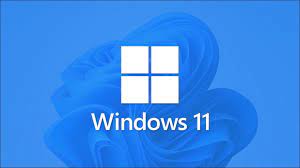
How Much Is Windows 11 for Remote Work Setups?
Upgrading to a new operating system can seem like a leap into the unknown, particularly for large teams that depend on seamless technology to maintain productivity. With the launch of How much is Windows 11 many companies are considering the financial consequences of making the switch. Although the most recent OS offers fresh aesthetics and new features, knowing the true cost is crucial to make informed decisions.
Initial Investment and Licensing Costs
For large groups The initial cost of Windows 11 could be substantial. Businesses need to consider the cost of purchasing new licenses, which may vary according to how many users as well as the existing agreements they hold with Microsoft. Users who are using older hardware could be faced with additional costs, as Windows 11 requires specific requirements for the system, which could end up necessitating hardware upgrades. In comparing these costs to the long-term benefits of enhanced security and performance is essential in assessing the value of investment.
Impact on Productivity and Efficiency
Windows 11 promises a more intuitive interface designed to boost efficiency and streamline workflows. For large teams the efficiency gains may be able to offset some of the cost that come with the upgrade. The snap layouts that Microsoft has introduced and virtual desktops facilitate multitasking as well as the integrated Microsoft Teams aims to enhance collaboration. However, it is crucial to evaluate these benefits with the potential for learning as well as potential downtime during the transition period. A thorough cost-benefit analysis can help determine if the improvement in productivity is worth the initial expenditure.
Long-Term Savings and Value
In the long run in the long term, the upgrade to Windows 11 may offer savings by reducing maintenance costs and enhanced cybersecurity features. The new OS has advanced security protocols as well as automated updates that reduce the risk of costly data breaches and technical problems. Furthermore, compatibility with new software releases will ensure that large teams stay at the forefront of technological advances, possibly leading to further value creation in the future. By analyzing both savings in the immediate future and those for the future companies can make a smart decision that is compatible with their financial objectives and operational needs.
In conclusion, the financial implications of upgrading to Windows 11 for large teams involve a balance of initial costs, productivity potential, and long-term savings. When carefully considering these aspects, businesses can make a sound decision that is in line with their growth strategies and innovative plans.